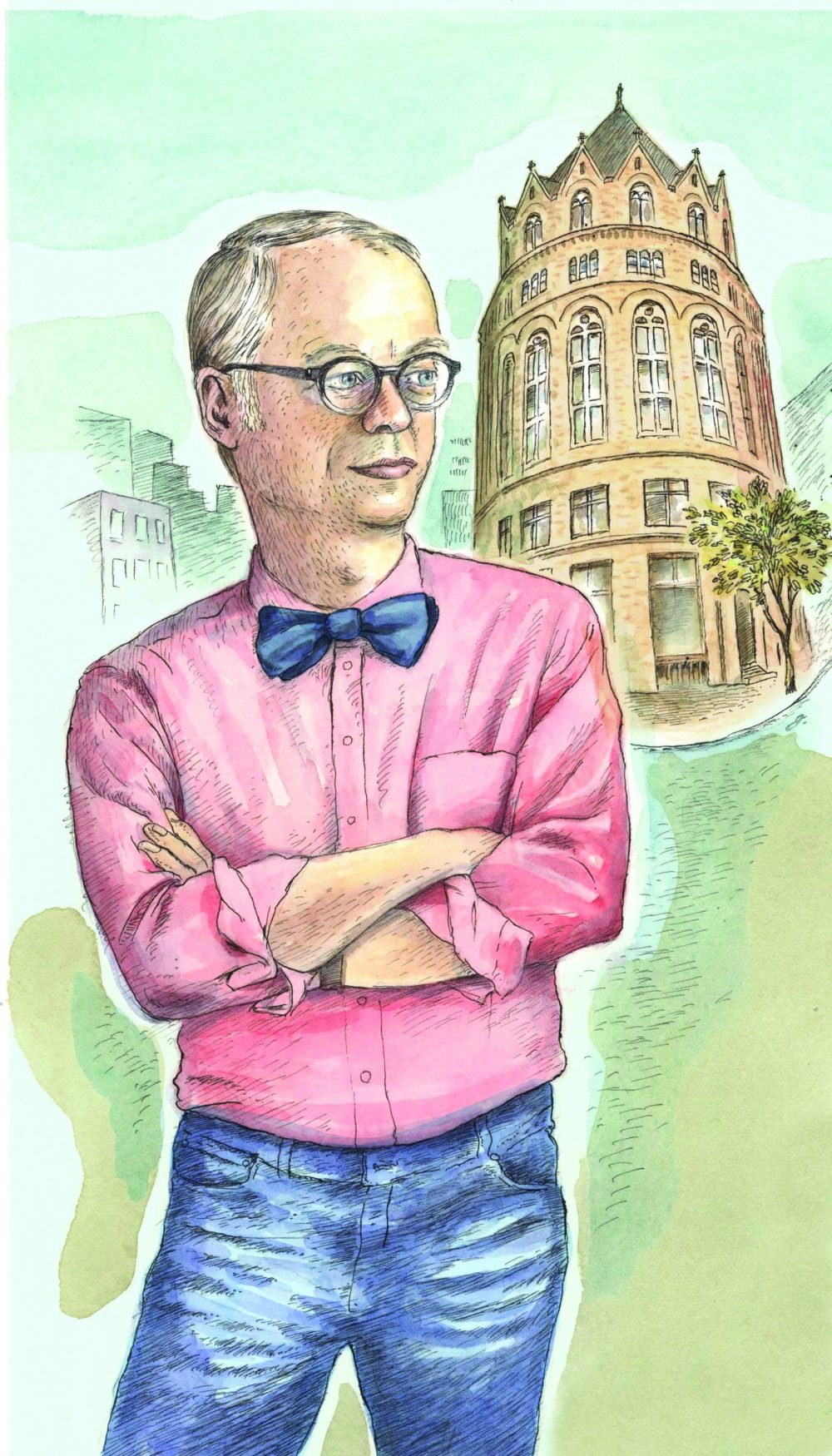Your email address is required to begin the subscription process. We will use it for customer service and other communications from Milk Street. You can unsubscribe from receiving our emails at any time.
The Road to Shangri-La
Back to May-June 2019

Author James Hilton popularized the notion of Shangri-La in his 1933 novel, “Lost Horizon,” in which a plane crash led to the discovery of a mysterious utopia that offered long life hidden in the mountains of Tibet. When writing this story, Hilton had plenty of Shangri-La myths to choose from for inspiration. Ancient Tibetan scriptures describe seven beyuls, sacred areas of refuge created by Padmasambhava (also known as “the second Buddha”). Another possible source for the myth of Shangri-La is Shambhala, a mythical Buddhist kingdom. Other religions had similar traditions. Jewish sources describe the city of Luz, where the angel of death may not enter.
Over the centuries, explorers have searched for Shangri-La. Two French missionaries, Evariste Régis Huc and Joseph Gabet, traveled between Beijing and Lhasa in the 19th century. Their famous travelogue was first published in 1850, and a later translation—titled “Travels in Tartary, Thibet and China, 1844-1846”—came out in 1928. It’s speculated that this version may have inspired Hilton when he was originally researching his novel.
Despite Shangri-La’s storied elusiveness, many places have laid claim to the title—notably, the Yunnan province of China (in fact, the Yunnan’s Zhongdian county renamed itself Shangri-La in 2001 to attract tourists), as well as Pakistan’s Hunza Valley and China’s Sichuan province.
This reminds me of the search for the Holy Grail, the Fountain of Life, El Dorado and the lost cities of the Amazon. And yet, as archaeological research has proven, many lost cities actually existed. For example, in his book “1491,” science writer Charles C. Mann details evidence of a large pre-Columbian city discovered in Beni, Bolivia, consisting of over 20,000 man-made hills and connected by aqueducts, channels, and terraces. The ruins of the Aztec capital of Tenochtitlán—which was larger than any contemporary European city, with running water and immense markets—were buried underneath the streets of modern-day Mexico City, only to be rediscovered in the 20th century. During the Northern Song dynasty, China boasted a population of 120 million. At that time, its capital was among the most important cities in the world, housing roughly one million inhabitants within fortified outer walls that stretched for miles.
Twenty years ago, I visited the Mayan ruins of Tikal in Guatemala, which were still mostly unexcavated. I climbed one of the large pyramids, looked out over the jungle, and realized just how little we know about those people. Where did the stone come from? How was it cut and transported? What led to the rapid decline of the city? Drought? War? Disease? On the way back to my car, I stopped to purchase a tamale wrapped in corn husks. In the jungle it was twilight, the cook illuminated by a flickering fire, the pyramid rising up into a roseate sky. It was a Mayan Shangri-La.
I suspect that most travel is a search for Shangri-La, a place where time and space are measured differently. One is struck by simple gestures: the way one is greeted with prayerful, clasped hands in Thailand; a welcoming glass of mezcal at a family dinner table in Oaxaca; an invitation to couscous cooked over a fire on the cliffs above Oran, Algeria; or, in the Sahara, black-robed worshippers perched on sand dunes at sunset, bowing to Mecca. Some of this reflects the tourist urge to romanticize the unfamiliar, but these moments also offer a window into a separate reality.
It is good to remember that cooking is not digital; it’s hands-on. Other cultures think of cooking as more than food preparation—it is often imbued with a philosophy, whether it’s the Buddhist concept of “the right way” or the Japanese notion of washoku, harmony in the kitchen, which includes a spiritual view of cooking and eating; a path to enlightenment.
Maybe it’s time to stop thinking of cooking as a means to an end. Perhaps it is, indeed, the road to Shangri-La.
May-June 2019
